photoguy99
No longer a newbie, moving up!
- Joined
- Mar 20, 2014
- Messages
- 1,485
- Reaction score
- 313
I saw this in one place, and then googled it, and it appears elsewhere. So it's a thing people say.
The thing is, roughly, that wide angle lenses don't look as wide on medium format and that this is part of the 'medium format look'.
Is there any way this isn't stupid and wrong?
Am I missing something?
(I do understand the basic geometry here, point of view gives perspective, focal length plus format gives field of view, etc)
The thing is, roughly, that wide angle lenses don't look as wide on medium format and that this is part of the 'medium format look'.
Is there any way this isn't stupid and wrong?
Am I missing something?
(I do understand the basic geometry here, point of view gives perspective, focal length plus format gives field of view, etc)


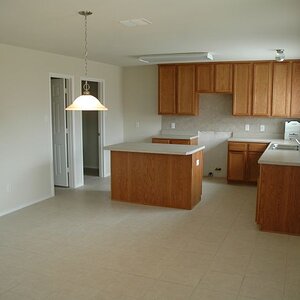
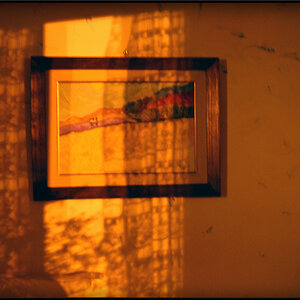
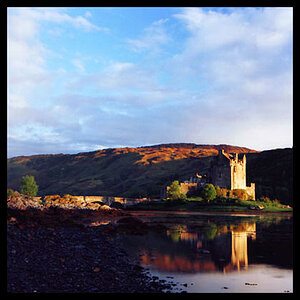
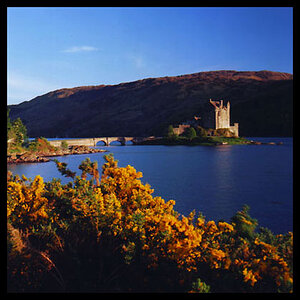
![[No title]](/data/xfmg/thumbnail/36/36393-86ce601930c671b92b6df002b7fcbd0b.jpg?1619737548)
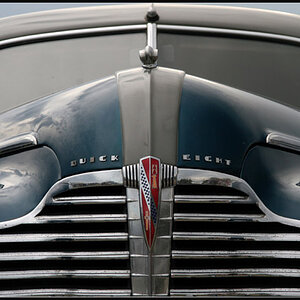
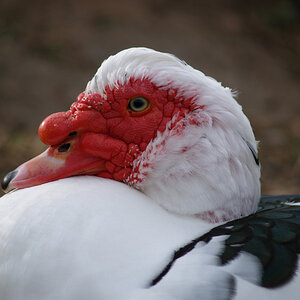
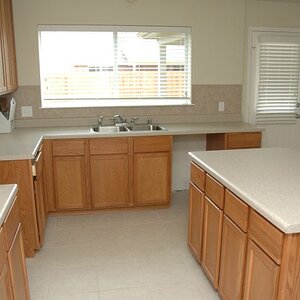
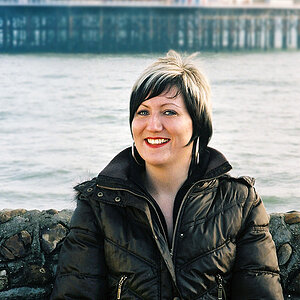
![[No title]](/data/xfmg/thumbnail/36/36392-ee7dc51c9be334b9979003f6316db12e.jpg?1619737547)
![[No title]](/data/xfmg/thumbnail/36/36395-66eaff4565ecf4245f13a9c469a9273b.jpg?1619737548)